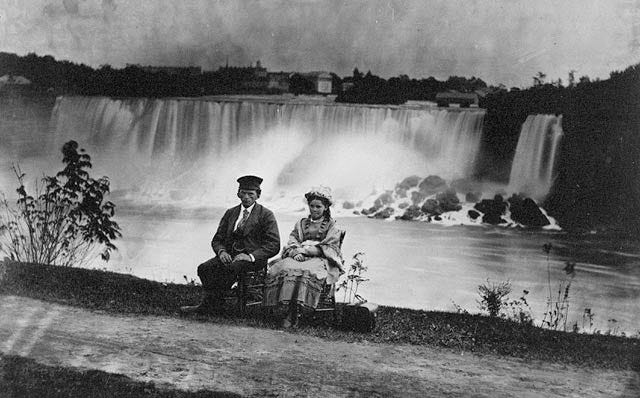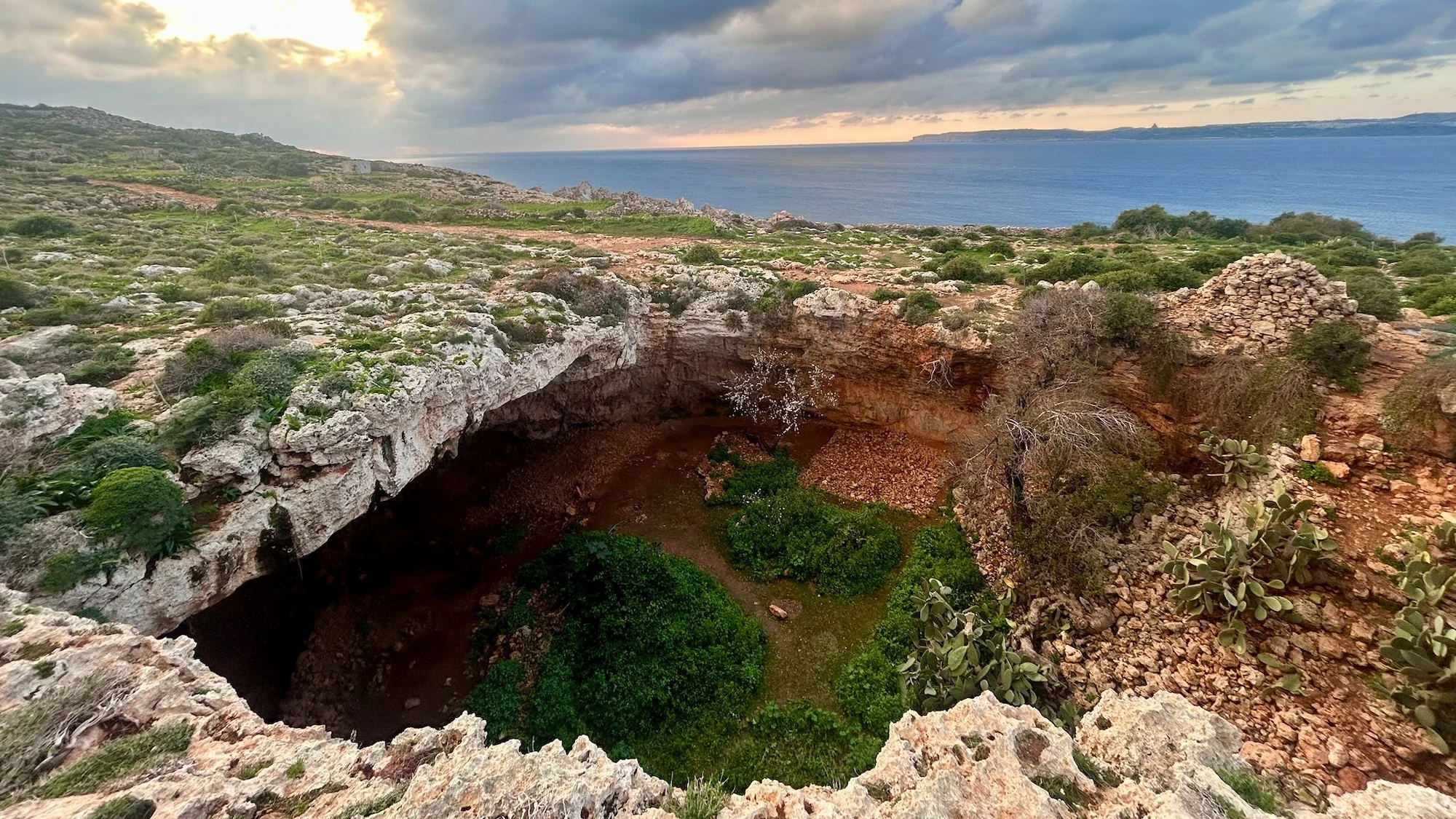In 1848, for roughly twenty hours on June 29, Niagara Falls came to a standstill—not from human interference, but due to a massive ice jam upstream in the Niagara River. Overnight, torrents of water that usually thundered over the cliffs reduced to a quiet trickle, leaving the iconic falls nearly dry. Witnesses awoke to a surreal spectacle: exposed riverbed strewn with rocks, logs, and even bottles that had washed in over time.
The abrupt disappearance of the falls drew curious locals and travelers, many venturing onto the riverbed to collect souvenirs or catch fish stranded in shallow pools. Shops reported a sudden boom in sales of trinkets taken from the river’s exposed floor. Towns in both Canada and the U.S. were abuzz, with newspapers of the era dedicating front-page headlines to the extraordinary event .
This rare natural phenomenon resulted from the convergence of extreme cold and ice formation upstream – a floating ice dam accumulated until it effectively blocked the river’s flow. As temperatures rose slightly later in the day, the ice jam released suddenly, restoring the falls to their full glory by early afternoon .
The temporary stoppage of one of the world’s most powerful waterfalls highlighted the impact of weather extremes on natural landmarks. It also sparked early scientific interest in hydrology and river dynamics, prompting studies on ice movement, climate influence, and flood risk management. Communities along the river began documenting ice patterns, leading to better seasonal monitoring in the years to come.
Beyond scientific implications, the event reinforced humanity’s fascination with nature’s unpredictability. Even today, the “frozen” or “stopped” Niagara Falls remains a legendary episode—shared in history books and discussed during rare freeze conditions. It continues to remind us how swiftly and dramatically natural forces can transform even the most majestic of landscapes.




